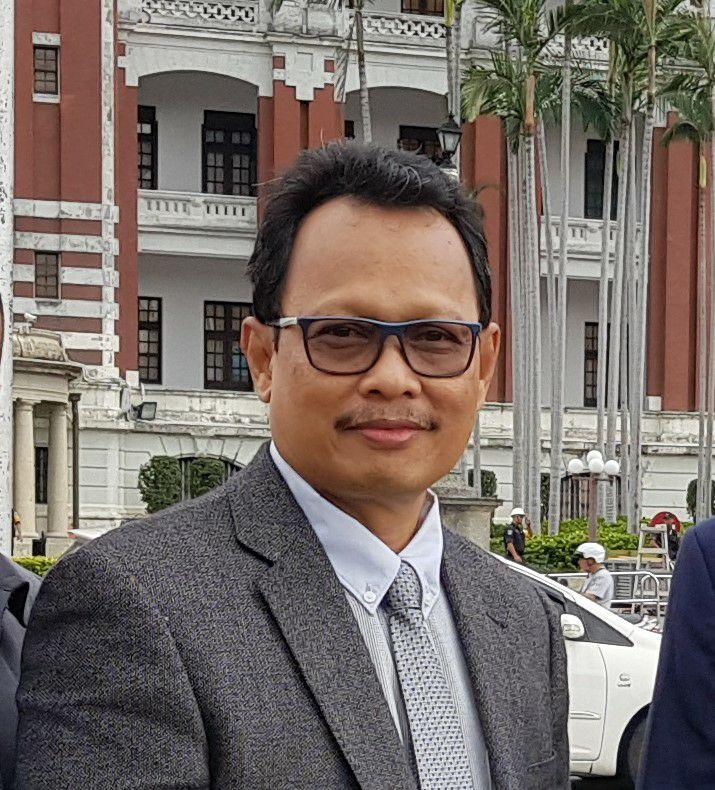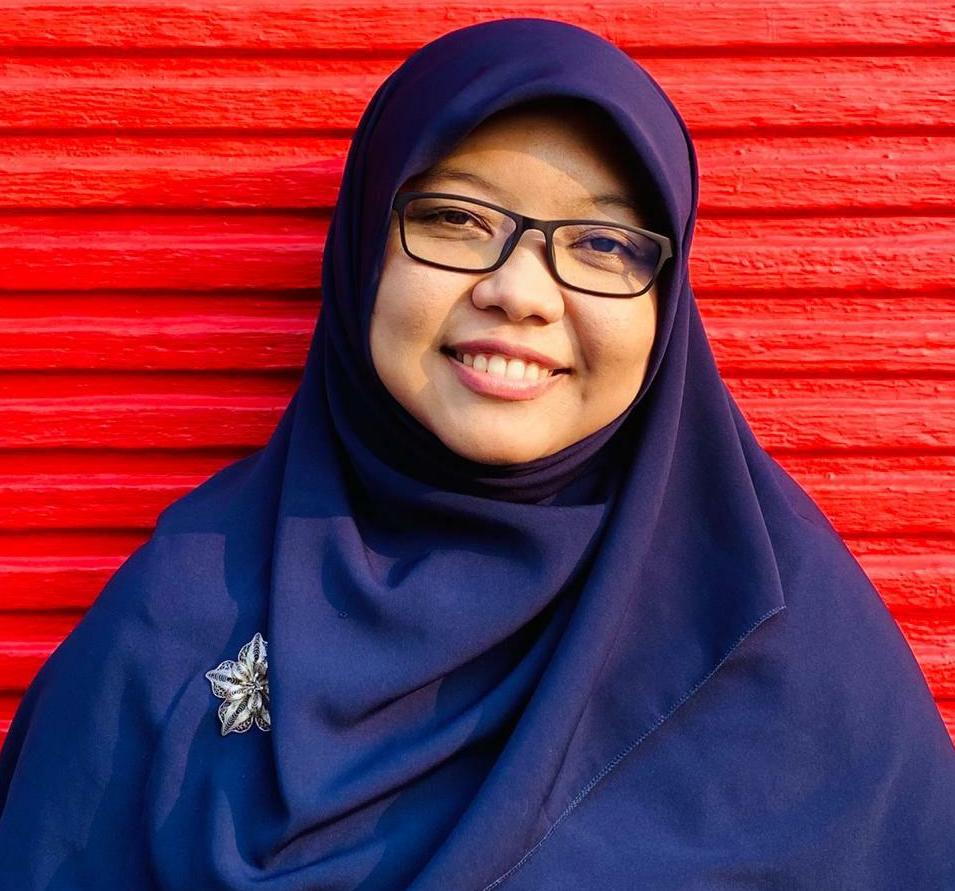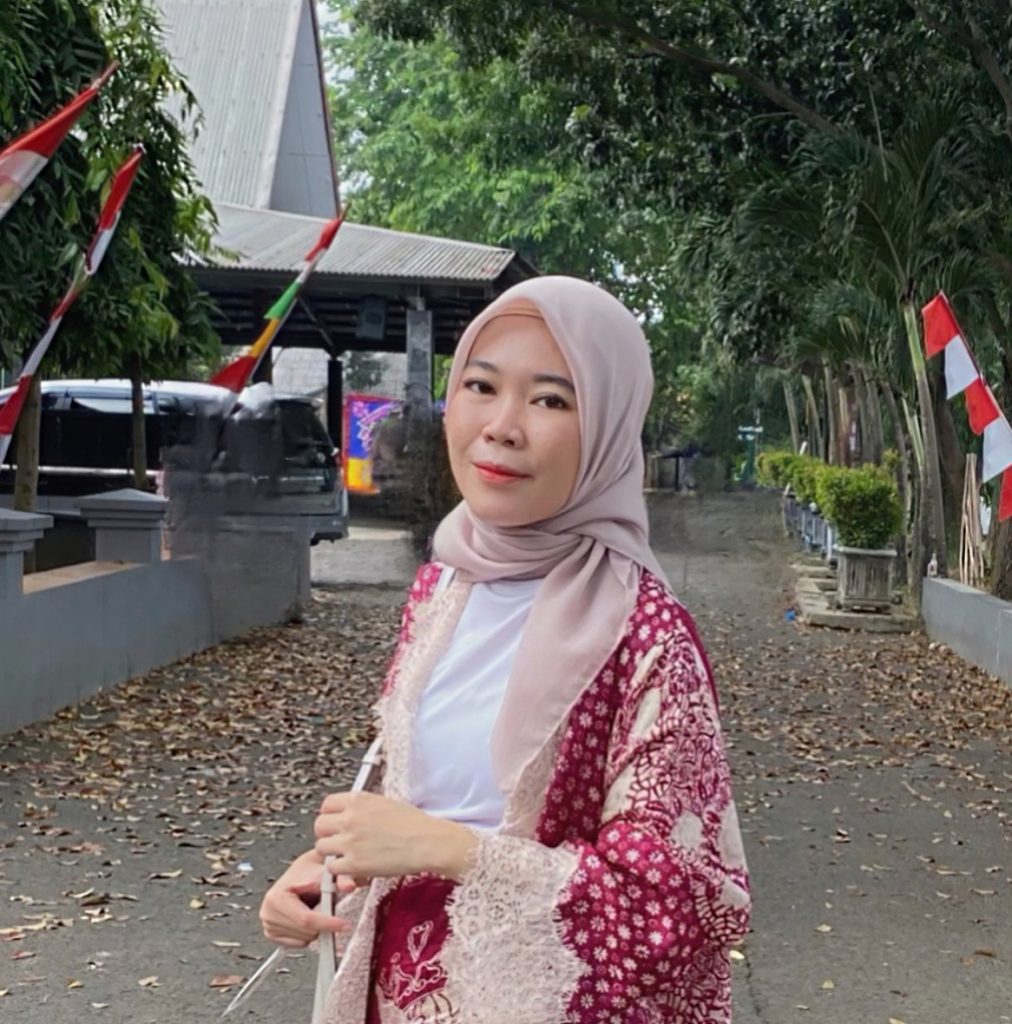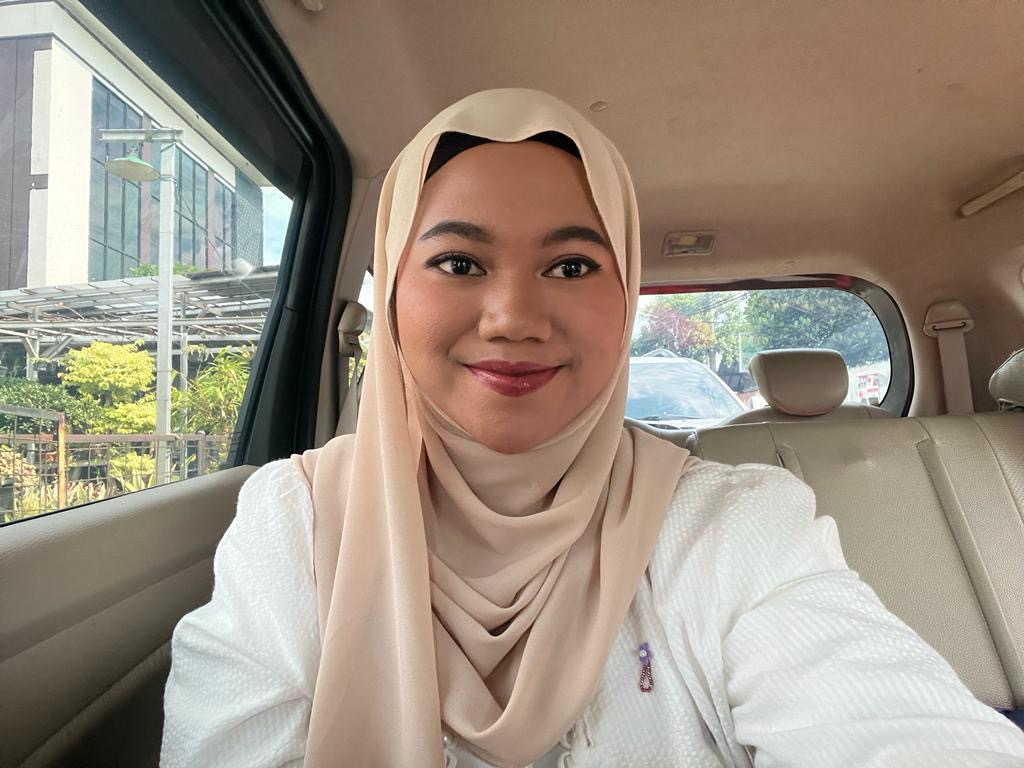Publikasi
Publikasi ilmiah tentang penerapan pembelajaran berbasis budaya oleh tim Etnokimia UNJ
This study aimed is to develop students’ soft skills through the implementation of the Culturally Responsive Transformative Teaching (CRTT) in chemistry learning. Indonesia's ethnic and cultural diversity is a challenge for teachers to design the chemistry lessons which is relevant with students’ characteristics. The research methodology applied is qualitative and applied on chemistry learning in the topics of acid and base, electrolyte and non electrolyte solution in five stages: self identification, cultural understanding, collaboration, critical reflections, and transformative construction. This research was conducted in two schools in DKI Jakarta and West Java in 2018. The data was collected by interview, reflective journal, and observations. The results showed that the chemistry learning through CRTT model can develop students' soft skills such as collaboration skills, critical thinking skills, nationality, social and cultural awareness, leadership, environmental caring, and curiosity. The teachers’ interview and reflections showed that the challenges in applying this approach were creativity in integrating cultural concepts in chemistry learning, students' understanding, time constraints, and the paradigm of students and teachers. Integration of ethnochemistry in CRTT can be developed in other chemical concepts with the principle of students’ character development
The of this study was to develop students’ attitudes toward chemistry through the integration of Culturally Responsive Transformative Teaching (CRTT) with the Colloid topic. The CRTT teaching model [1]consists of the five steps of self-identification, cultural understanding, collaboration, reflective thinking, and transformative construction. In cultural understanding, students were engaged with the ethnochemistry are the various chemically related cultural and community practices [2].topics of kecap SH, roti buaya, mandi merang, kue bacot, and laksa. The research was undertaken with 31 students from year XI in a secondary school in Banten, Indonesia, and used a qualitative methodology with data collection via interview, observation, reflective journal, and a TOSRA (Test of Science-Related Attitudes). The data were analyzed through initial coding of the TOSRA instrument which consists of social implications of science, normality of scientists, attitude to the inquiry, adoption of scientific attitudes, enjoyment of science lessons, leisure interest in science, career interest in science. Initial coding was followed by emerging coding revealed in the data analysis process. The results indicate that students became engaged in chemistry learning through Banten cultural practices. They understood different ways of accessing the concepts through meaningful learning experiences. The learning model provided opportunities for students to develop their attitudes to scientific inquiry, the adoption of scientific attitudes, and their interest in science. The TOSRA instrument also revealed students' opinions about science and scientists and their interest in science careers.
According to the United Nations Educational, Scientific, and Cultural Organization (UNESCO), culture provides the transformative dimension for ensuring the development process of the United Nations’ 2030 Agenda for Sustainable Development. As one of the key drivers in the implementation of the United Nations’ Sustainable Development Goals, culture ensures a people-centered and context-relevant approach that cuts across a range of policy areas and, thus, in the context of quality education promotes the development of human resources for cultural and environmental sustainability. It is in this context that we report on a study aimed at developing students’ cultural identity and supporting the younger generation in preserving their cultural heritage, whilst learning chemistry concepts at the same time. The culturally responsive transformative teaching (CRTT) model served as a theoretical framework for the research to engage students in culture-based, high school chemistry learning by utilizing specially designed ethnochemistry texts that highlighted the relationship between cultural values and chemistry concepts. Case studies were conducted within the interpretive research paradigm and involved 149 students from four high schools in four Indonesian provinces, namely Banten, west Java, Bangka Belitung, and south Sumatra. In particular, we were interested in understanding how well students engage in this innovative transformative learning model, designed to educate them about cultural sustainability. We generated data by means of students’ reflective journals, semi-structured interviews with students, and classroom observations. In general, the results from the research strongly suggest that students involved in cultural identity reflection, engaged in cultural-based chemistry learning, explored cultural heritage through a chemistry lens, applied social etiquette and ethics, and developed cultural heritage preservation awareness. These are important aspects of cultural sustainability. The results imply that culturally responsive chemistry education has great potential for educating students and empowering them as conservationists of Indonesian culture. Further research on empowering students on cultural sustainability with other ethnochemistry topics within Indonesian cultural contexts is needed to further investigate the CRTT model’s broader efficacy.
This study aims to obtain a profile of students' perceptions of the learning environment through the Culturally Responsive Transformative Teaching (CRTT) approach carried out online in chemistry learning. The research was carried out in a high school in Jakarta in the even semester of the 2020/2021 academic year with 40 participants from class X science. This study uses qualitative methods with data collection techniques: interviews, observations, and reflective journals. They are collecting data related to aspects of the CRTT-based learning environment. Through this approach, students get new experiences that make them open-minded and show empathy to other students. Dimensions of the learning environment based on the results of the learning application with this approach, namely teacher support, student interaction and collaboration, response, access, and self-directedness. The profile of students' perceptions of the learning environment through this approach is through teacher support to form a comfortable classroom environment to increase students' learning ability. Learners who engage in meaningful discussions also tend to show better understanding, so this research positively impacts the learning environment and students' understanding of chemistry learning.
The papers report the first year of two-year longitudinal study of ethnochemistry integration in culturally responsive teaching in chemistry classrooms. The teaching approach is focusing on exploring the culture and indigenous knowledge in Indonesia from chemistry perspectives. Ethnochemistry looks at the culture from chemistry perspectives integrated into culturally responsive teaching has developed students’ cultural identity and students’ engagement in chemistry learning. There are limited research and data in exploring Indonesia culture, which has around 300 ethics, from chemistry perspectives. Students come to the chemistry classrooms from a different background; however, their chemistry learning disconnected with their background which leads to students’ disengagement in chemistry learning. Therefore this approach focused on students’ engagement within their differences. This research was conducted with year 10 and 11 from four classrooms in two secondary schools through qualitative methodology with observation, interviews, and reflective journals as data collection. The results showed that the integration of ethnochemistry in culturally responsive teaching approach can be implemented by involving 5 principles which are content integration, facilitating knowledge construction, prejudice reduction, social justice, and academic development. The culturally responsive teaching has engaged students in their chemistry learning and developed their cultural identity and soft skills. Students found that the learning experiences has helped to develop their chemistry knowledge and understand the culture from chemistry perspectives. The students developed the ability to work together, responsibility, curiosity, social awareness, creativity, empathy communication, and self-confidence which categorized into collaboration skills, student engagement, social and cultural awareness, and high order thinking skills. The ethnochemistry has helped them to develop the critical self-reflection on their own cultural background.
The overall aim of this two-year longitudinal study is to empower chemistry students in secondary schools through the integration of ethnochemistry as a Culturally Responsive Teaching (CRT) approach. The CRT approach in this study refers to the position promoted by Gay (2000) and the following five basic principles of CRT by Hernandez, Morales, and Shroyer (2013): content integration, facilitating knowledge construction, prejudice reduction, social justice, and academic development. The integration of ethnochemistry is applied to the basic principle of content integration to engage students with their Indonesia indigenous knowledge. Indonesia has around 300 ethnic groups with differences in values, beliefs, and practices which are explored in a limited way in the context of chemistry education. This research was conducted in four secondary schools using qualitative methodology with multiple methods of observation, interviews, and reflective journals. The results showed that the model of ethnochemistry integration in CRT approach was developed in this study and involved five main steps of self-identification, cultural understanding, collaboration, critical reflective thinking, and transformative construction can be implemented in Indonesia chemistry classrooms. The students were empowered to explore their cultural identity and develop their cultural awareness of appreciating differences. The learning model provides opportunities for students to develop their abilities in collaboration skills, empathy communication, and higher order thinking skills alongside their engagement in chemistry learning. Students found that the learning experiences have empowered them to engage in critical self-awareness of their cultural identity, and character development within meaningful learning experiences which are relevant to current Indonesia curriculum reform.
The paper portrays the second year report of a three-year longitudinal study of ethnochemistry integration in Culturally Responsive Transformative Teaching (CRTT) teaching model in secondary schools. The CRTT develop based on Culturally Responsive Teaching (CRT) as an approach that includes students' characteristics and cultural references in all aspects of learning and transformative learning framework. The study developed CRTT teaching model in the first year of study and consists of five phases of self-identification, cultural understanding, collaboration, critical reflections, and transformative construction. The qualitative methodology approach has been employed with observation, interviews, and reflective journals as data collection. The CRTT teaching model was implemented in chemistry classrooms from two secondary schools. The study involved 68 students of year-10 in the topic of electrolyte and non-electrolyte solution. The data was analyzed from the basic principles of cultural identity category. The results showed that the integration of ethnochemistry in CRTT teaching model has engaged students in empowerment their cultural identity and nationalism, cultural differences awareness, and learning identity development. The teaching model is also relevant to the policy of national curricula of nationalism in relation to character and culture identity development.
The aim of this study was to develop students’ critical thinking skills through a Culturally Responsive Teaching (CRT) approach and ethnochemistry of Tegal culture. The teaching approach focused on exploring the culture and local wisdom in Tegal Culture, especially in Acid-Base such as the Nginang, Moci, and Jamasan traditions from chemistry perspectives integrated into CRT. The study employed a teaching model consisting of five phases; self-identification, cultural understanding, collaboration, critical reflections, and transformative construction. The study involved 35 year 11 students from a secondary school in Balapulang Tegal. A qualitative methodology approach was employed using observation, interviews, a critical thinking test, and reflective journals as data collection methods. The results show that the integration of ethnochemistry in a CRT approach engaged students in developing their critical thinking skills by developing a conclusion, making connections, conceptual understanding, and interpretation with the critical thinking skills test which shows 40% of students reached level 3 (Satisfactory). In addition to the students engaging in the cultural identity empowerment, meaningful chemistry learning experiences, and team work, the students were challenged in developing their critical thinking skills.
Tim Etnokimia UNJ

Dr. Achmad Ridwan, M.Si.
- Phone:-
- Email:achmadridwan@unj.ac.id

Prof. Yuli Rahmawati, Ph.D.
- Phone:-
- Email:yrahmawati@unj.ac.id

Alin Mardiah, M.Pd.
- Phone:-
- Email:alinmardiah123@gmail.com
